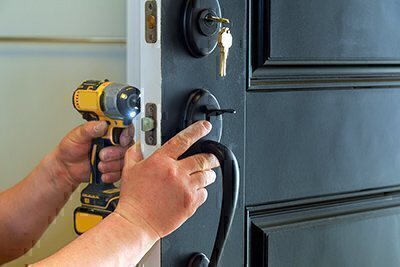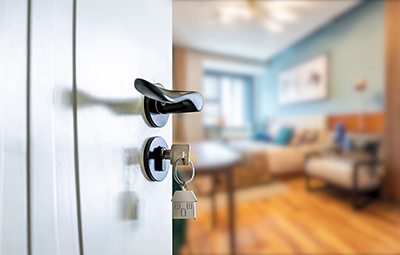In ancient times, a moat, drawbridge, and maybe a spear-armed guard served to protect your digs. These days, doors and locks act as our main defenses. As we point out in our section on home security, burglars usually enter homes through non-artful methods—by opening unlocked or poorly locked doors and windows. Before springing for a whiz-bang electronic home security system, it makes sense to fortify your home’s low-tech barriers.
Unfortunately, most locks don’t provide good security. In its evaluation of 90 models, Consumer Reports warns many “lack the level of protection you might want or expect. In our labs, a few well-placed kicks or a couple of minutes under assault from a cordless drill were all it took to defeat almost every lock in our ratings.”
CR also found that “new technologies didn’t solve old problems.” Its researchers easily defeated most models of electronic locks (can be opened by entering a code on a keypad) and smart locks (can be operated via cellphone app).
Unfortunately, you can’t test the fortitude of your existing locks without possibly breaking them or your doors. But there are ways to spot signs of quality and steps you can take to beef up lousy locks.
Since our ratings of locksmith services turned up many that provide excellent work, shop around to make sure you don’t pay too much. You’ll find that fees vary dramatically, with some outfits charging more than twice as much as their competitors for the same work. Fortunately, you don’t have to pay more for the best service: We found that several of the highest rated locksmiths also charge low fees.
If you can, pay for locks and locksmithing work with a credit card. The Fair Credit Billing Act and the dispute-resolution policies of credit card issuers allow consumers to refuse payment for faulty products and services.



